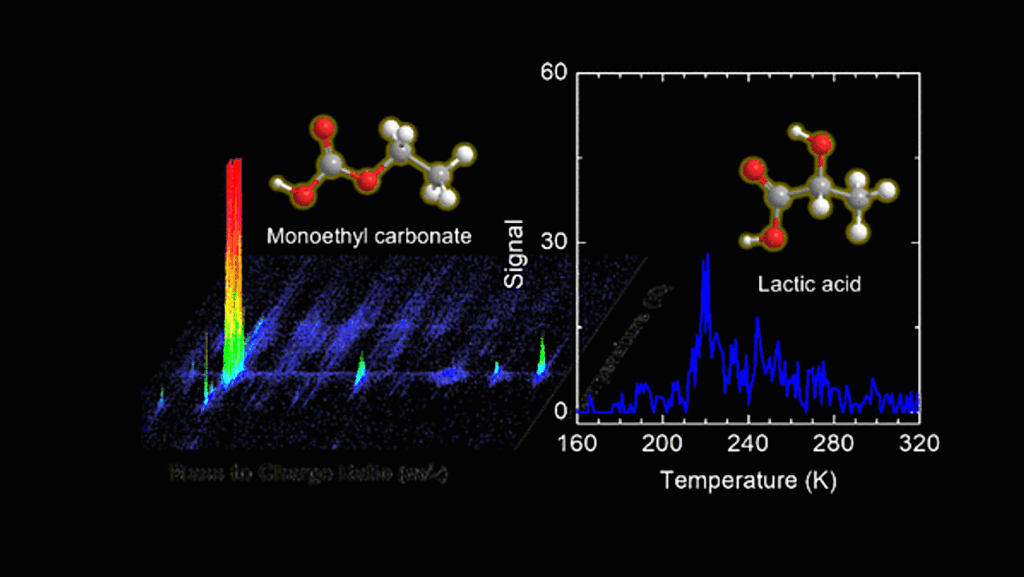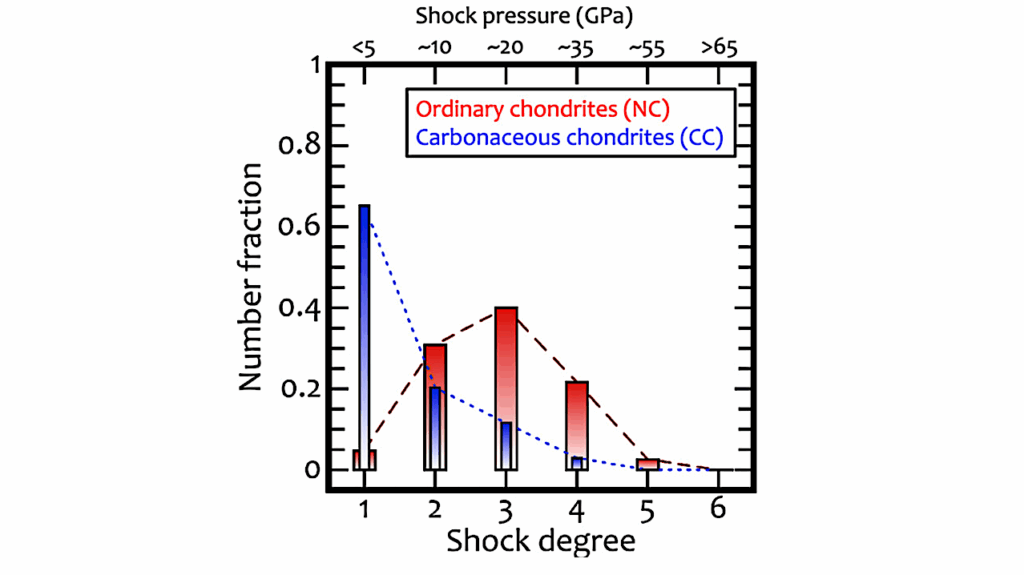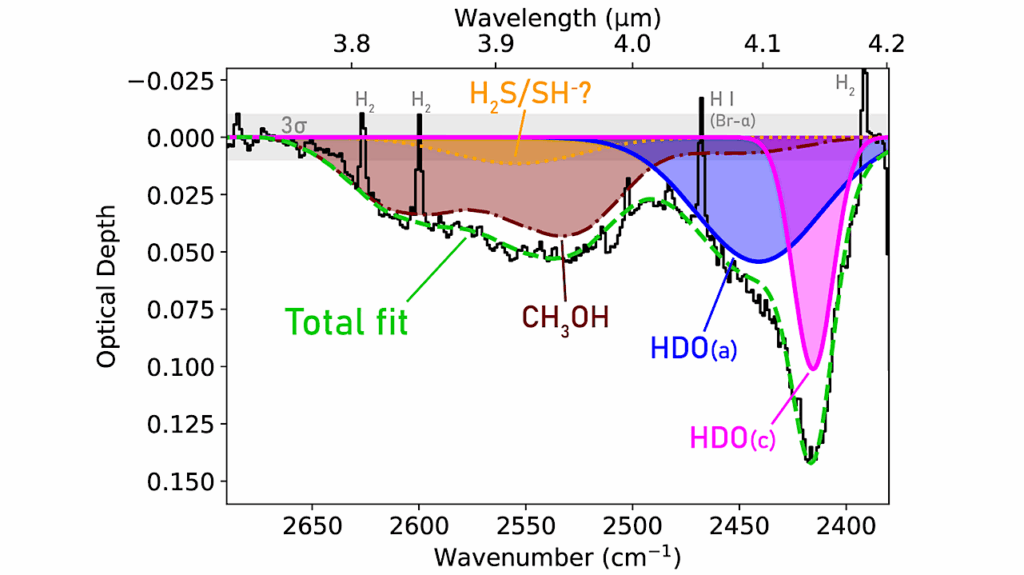Mapping Water Ice With Infrared Broadband Photometry

Interstellar ices play a fundamental role in the physical and chemical evolution of molecular clouds and star-forming regions, yet their large-scale distribution and abundance remain challenging to map.
In this work, I present the ice color excess method, which parametrizes the peak optical depth (τmax3.0) of the prominent 3μm absorption feature, which is predominantly caused by the presence of solid H2O.
The method builds on well-established near-infrared color excess techniques and uses widely available infrared broadband photometry. Through detailed evaluation of passband combinations and a comprehensive error analysis, I construct the ice color excess metric Λ(W1−I1). This parameter emerges as the optimal choice that minimizes systematic errors while leveraging high-quality, widely available photometry from Spitzer and WISE data archives.
To calibrate the method, I compile from the literature a sample of stars located in the background of nearby molecular clouds, for which spectroscopically measured optical depths are available. The empirical calibration yields a remarkably tight correlation between τmax3.0 and Λ(W1−I1).
This photometric technique opens a new avenue for tracing the icy component of the interstellar medium on Galactic scales, providing a powerful complement to spectroscopic surveys and enabling new insights into the environmental dependence of the formation and evolution of icy dust grains.
Stefan Meingast
Comments: Accepted for publication in Astronomy & Astrophysics on July 24, 2025
Subjects: Astrophysics of Galaxies (astro-ph.GA)
Cite as: arXiv:2507.18688 [astro-ph.GA] (or arXiv:2507.18688v1 [astro-ph.GA] for this version)
https://doi.org/10.48550/arXiv.2507.18688
Focus to learn more
Submission history
From: Stefan Meingast
[v1] Thu, 24 Jul 2025 18:00:00 UTC (1,293 KB)
https://arxiv.org/abs/2507.18688
Astrobiology, Astrochemistry,








